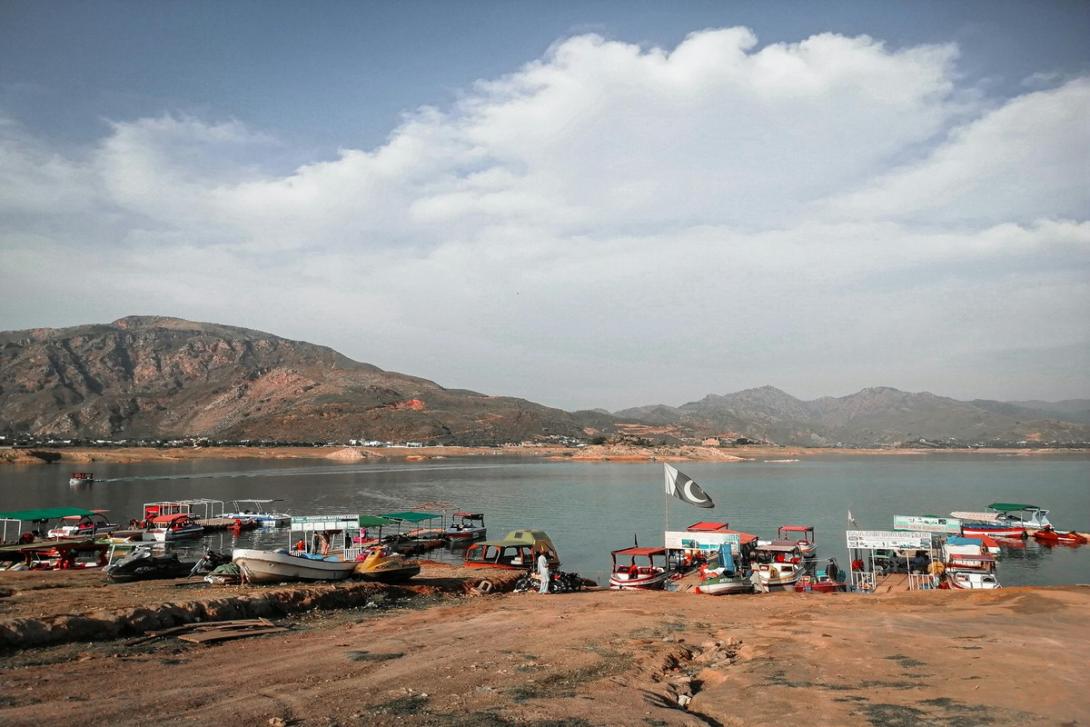
Pakistan stands at the precipice of a climate catastrophe, with environmental threats accelerating at a pace that far outstrips the country's capacity to respond. From Karachi's swelling slums to the rapidly disappearing glaciers of the Hindu Kush, the signs of impending disaster are everywhere – yet the nation's defenses remain dangerously fragile.
The Gathering Storm in Urban Centers
Karachi, a megacity already buckling under its own weight, faces an existential threat from climate migration:
- Projected influx of 2.4 million climate migrants by mid-century
- Collapsing infrastructure that currently struggles to serve existing residents
- Fractured governance where multiple authorities jostle for control without coherent planning
The city's vulnerabilities read like a catalog of urban failure:
✔ Chronic water shortages
✔ Crumbling housing stock
✔ Non-existent climate adaptation strategies
✔ Administrative paralysis
This perfect storm of challenges threatens to transform South Asia's economic hub into a dystopian nightmare of climate displacement and urban collapse.
The Disappearing Water Towers
Pakistan's glacial crisis presents an equally dire scenario:
- 16% of glaciers lost in just five years
- Projected 50% reduction in ice volume by century's end
- Paradox of flooding and scarcity as meltwater first overwhelms, then vanishes
The 2022 superfloods offered a terrifying preview of this future – $30 billion in damages, millions displaced, and entire agricultural systems wiped out. Yet these catastrophic events have failed to spur meaningful action.
Institutional Failure on Multiple Fronts
Pakistan's climate response suffers from chronic deficiencies:
- The Phantom Authority
The Climate Change Authority, mandated years ago, remains in bureaucratic limbo – lacking leadership, clear guidelines, and expert staffing. - Siloed Policymaking
Critical sectors like energy, agriculture, and urban development continue operating without climate integration, ensuring future vulnerability. - Reactive Mindset
The government's disaster playbook remains focused on post-crisis cleanup rather than preventive action.
The Way Forward: From Vulnerability to Resilience
While Pakistan rightly demands climate justice from high-emission nations, it must simultaneously:
✔ Overhaul urban governance to prepare for mass climate migration
✔ Launch glacier monitoring and adaptation programs to manage water extremes
✔ Operationalize the Climate Change Authority with proper funding and expertise
✔ Mainstream climate considerations across all policy domains
The window for action is closing rapidly. Pakistan can either take bold steps now to fortify its climate defenses, or face unmanageable consequences in the coming decades. The choice is stark, and time is running out.


